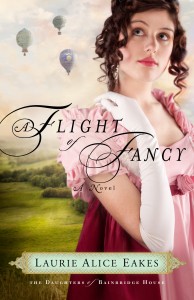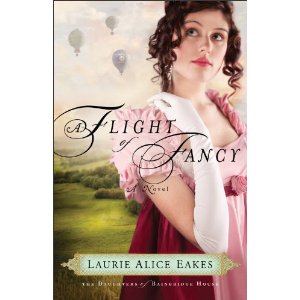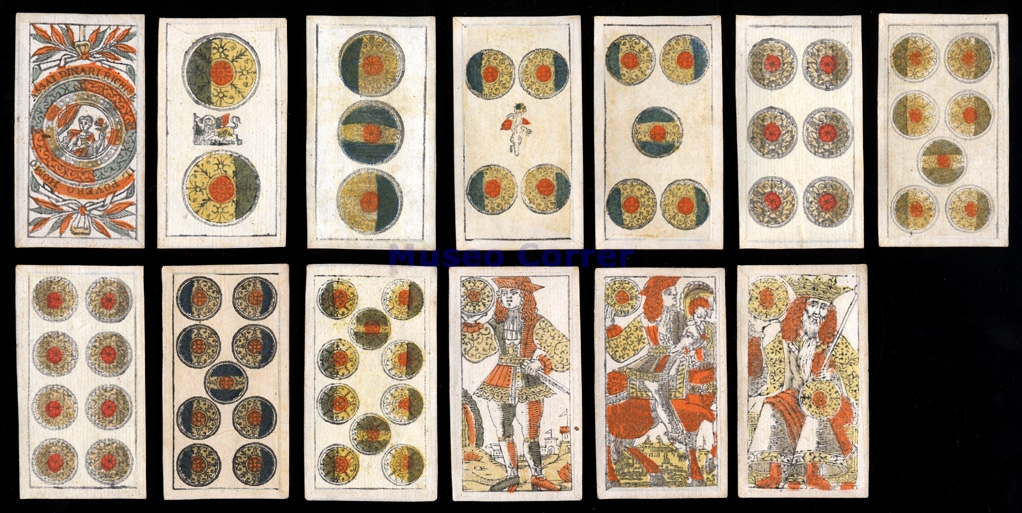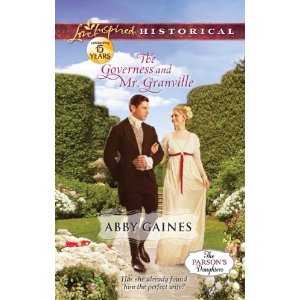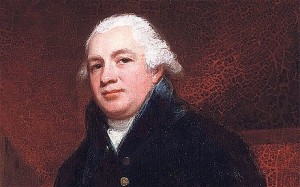Naomi here, and it’s our last day talking about A Flight of Fancy, by Regency Reflections blog contributor, Laurie Alice Eakes. If you’re stopping by the blog for the first time this week, you’ll want to check out our previous three posts. We’ve had an Introduction to A Flight of Fancy, then Taking to the Sky (a post on Ballooning during the Regency Era), and an Interview with Laurie Alice Eakes. At the end of each post, there’s a Regency quiz question. For every question you answer correctly in the comment section, your name will be entered in a chance to win a Regency gift basket, complete with tea, biscuits, a mug, and an Amazon gift card. The contest ends this Saturday, October 13, at midnight.
Over the past week, we’ve introduced several different aspects about A Flight of Fancy and Laurie Alice Eakes. Today, as we conclude our discussion, I’m going to touch on the spiritual themes in the novel.
Both Cassandra and Whittaker have a rather physical past relationship. As two Christians accountable to God, and as two individuals living in the Regency Era, any physical relations before marriage are clearly wrong. However, Cassandra and Whittaker push limits in this area time and time again.
In the first chapter of the story, Cassandra and Whittaker test their physical relationship yet again (this aspect of the story is presented in a tactful manner). As a result, Cassandra ends up severely injured, so much so that she nearly dies. Once she recovers physically, she’s still left with permanent, visible scars, and she doesn’t feel fit to ever marry.
Cassandra thus calls off their engagement. Though she and Whittaker still have deep feelings for one another, they both suffer a terrible amount of guilt throughout the course of the novel. The guilt haunts them and clings to them, almost like a sticky tar neither can wash from their skin.
Both Cassandra and Whittaker need to turn to God, confess their sin, and accept His forgiveness. But they struggle. After all, it’s very hard to accept forgiveness from God (or even another person) when one refuses to forgive himself or herself.
I personally found this story a refreshing reminder of how strong God’s forgiveness is. Psalm 103:11-12 says, “For as the heaven is high above the earth, so great is his mercy toward them that fear him. As far as the east is from the west, so far hath he removed our transgressions from us.”
Sometimes in our desire to serve and please God, it’s easy to become stuck on our past mistakes and sins rather than to leave them at the feet of Christ. As we dwell on those sins, we become discouraged and even distracted from serving God.
 The solution? Don’t wallow in past sin. Accept God’s forgiveness and focus on making future choices that honor God.
The solution? Don’t wallow in past sin. Accept God’s forgiveness and focus on making future choices that honor God.
How are you coping with past sin in your personal life? Are you confessing it to God and leaving it with Him, or are you carrying it around like an unseen burden on your back?
Today’s Question (remember one correct answer will enter your name into the gift basket drawing):
Geoffrey Giles, Earl of Whittaker, is the hero in A Flight of Fancy. How should he be addressed?
A: Lord Geoffrey
B: Lord Giles
C: Lord Earl
D: Lord Whittaker
Thank you to everyone who participated in our Regency Quiz over the past week. We’ll be announcing the winner, as well as discussing the answers to the question, on Monday, October 15th.
This contest is now closed. Please see the final post for answers to the trivia questions.
Originally posted 2012-10-12 10:00:00.
